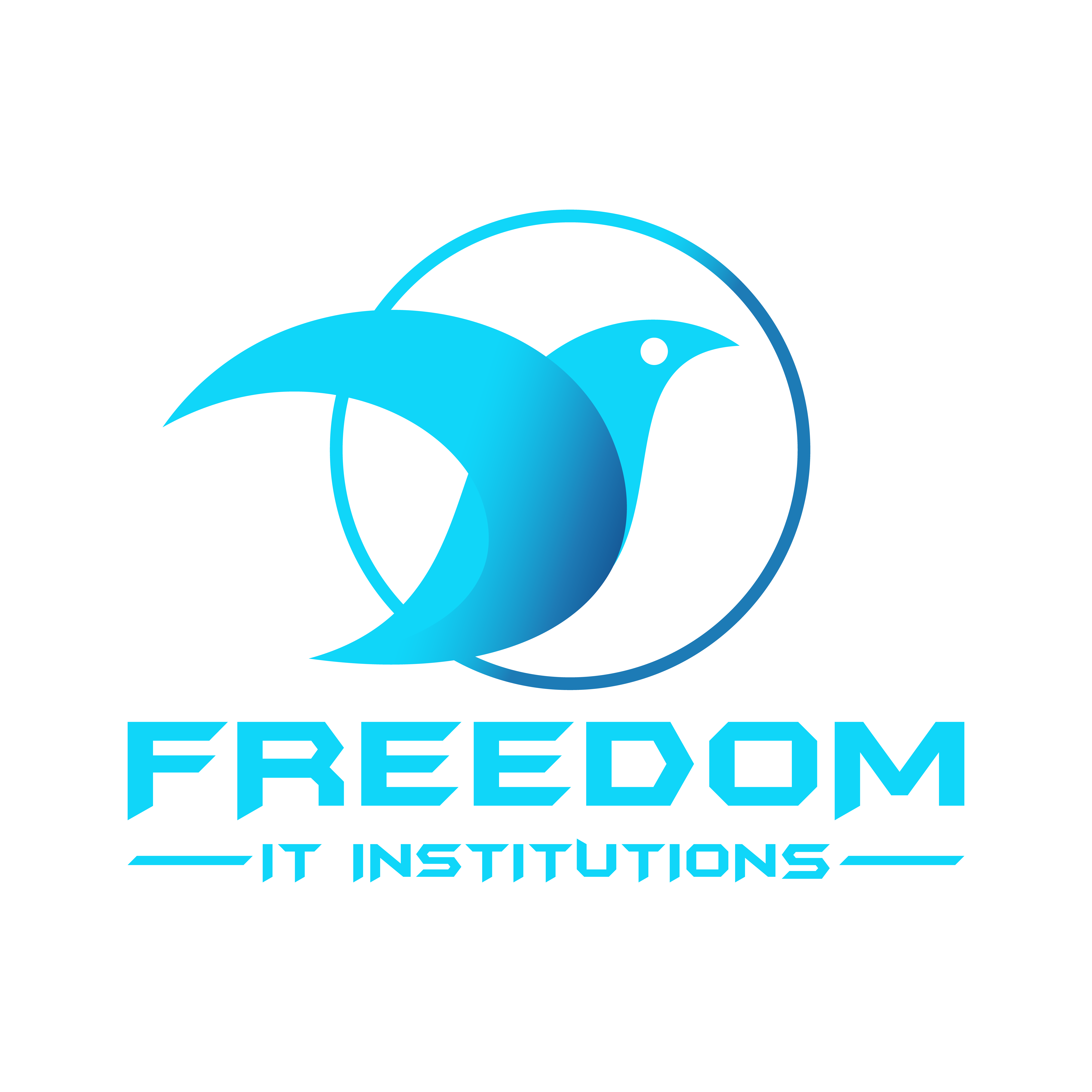
A full-stack web development learning roadmap typically covers both frontend and backend technologies, along with other essential skills needed to become a well-rounded developer. Here’s a comprehensive guide for a full-stack web development learning roadmap:
### **1. **Frontend Development:**
– **HTML/CSS:**
– Learn the fundamentals of HTML for structuring web content.
– Understand CSS for styling and layout.
– **JavaScript:**
– Master the basics of JavaScript for client-side scripting.
– Explore modern JavaScript frameworks and libraries like React, Angular, or Vue.js.
– **Responsive Web Design:**
– Learn how to create responsive and mobile-friendly web designs.
– **Version Control/Git:**
– Understand version control concepts and learn to use Git for code management.
– **Web Development Tools:**
– Familiarize yourself with tools like npm, yarn, and webpack for building and managing projects.
– **Browser Developer Tools:**
– Learn to use browser developer tools for debugging and optimizing web applications.
– **Web Accessibility:**
– Understand the importance of accessibility and learn how to create accessible web experiences.
– **CSS Preprocessors:**
– Explore CSS preprocessors like Sass or Less to enhance your styling workflow.
### **2. **Backend Development:**
– **Server-Side Languages:**
– Choose a backend language like Node.js (JavaScript), Python, Ruby, PHP, or Java.
– Learn the basics of server-side scripting.
– **Web Frameworks:**
– Explore popular web frameworks like Express (Node.js), Django (Python), Ruby on Rails (Ruby), Laravel (PHP), or Spring Boot (Java).
– **Databases:**
– Learn both SQL (e.g., MySQL, PostgreSQL) and NoSQL databases (e.g., MongoDB).
– **APIs (RESTful and GraphQL):**
– Understand how to create and consume APIs using RESTful principles and GraphQL.
– **Authentication and Authorization:**
– Learn about user authentication and authorization mechanisms.
– **Server Management/Deployment:**
– Gain experience in deploying web applications on platforms like Heroku, AWS, or DigitalOcean.
– **Database Management:**
– Understand database management, migrations, and ORM (Object-Relational Mapping) concepts.
### **3. **Full-Stack Integration:**
– **Integration of Frontend and Backend:**
– Learn how to connect the frontend and backend of your applications.
– **State Management:**
– Understand state management in both frontend and backend applications.
– **Websockets:**
– Explore real-time communication using WebSockets.
– **Microservices and Containers:**
– Gain knowledge of microservices architecture and containerization tools like Docker.
– **API Documentation:**
– Learn how to document your APIs for better collaboration.
### **4. **Version Control and Collaboration:**
– **Advanced Git:**
– Master advanced Git concepts such as branching, merging, and resolving conflicts.
– **Collaboration Tools:**
– Familiarize yourself with collaboration tools like GitHub, GitLab, or Bitbucket.
### **5. **Testing:**
– **Unit Testing:**
– Learn the basics of unit testing for both frontend and backend code.
– **Integration Testing:**
– Understand integration testing concepts and tools.
### **6. **Security:**
– **Web Security Best Practices:**
– Learn about common web vulnerabilities and best practices for securing web applications.
– **HTTPS and SSL/TLS:**
– Understand the importance of secure communication over the web.
### **7. **Additional Skills:**
– **Command Line:**
– Develop proficiency in using the command line for tasks like file navigation, scripting, and version control.
– **Soft Skills:**
– Work on communication, problem-solving, and collaboration skills.
– **Project Management:**
– Understand project management methodologies and tools.
– **Continuous Integration/Continuous Deployment (CI/CD):**
– Learn about CI/CD pipelines for automated testing and deployment.
### **8. **Advanced Topics (Optional):**
– **Serverless Architecture:**
– Explore serverless computing and services like AWS Lambda.
– **Progressive Web Apps (PWAs):**
– Understand the principles of PWAs for building modern web applications.
– **GraphQL:**
– Dive deeper into GraphQL for more flexible API development.
### **9. **Build a Portfolio:**
– **Personal Projects:**
– Build and showcase personal projects to demonstrate your skills.
– **GitHub Profile:**
– Maintain an active GitHub profile with contributions to open source projects.
### **10. **Continuous Learning:**
– **Stay Updated:**
– Regularly explore new technologies and industry trends to stay relevant.
Remember, this roadmap is a guide, and the learning path may vary based on individual preferences and career goals. It’s crucial to practice hands-on coding, work on real-world projects, and seek feedback to solidify your understanding and skills in web development.



